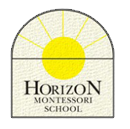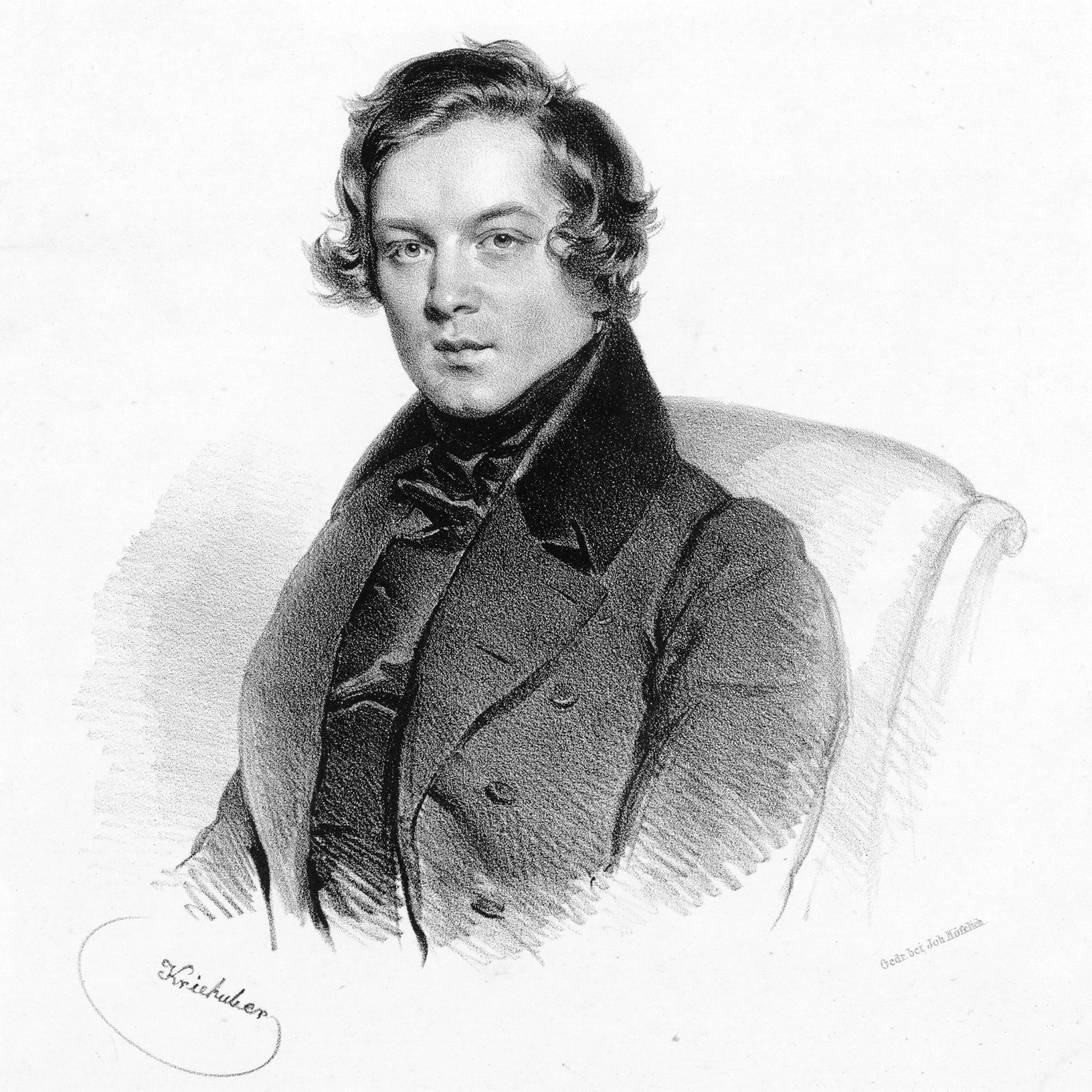Robert Schumann was born June 8, 1810. His father was an author and book dealer in Zwickau, Germany. Robert grew up with books all around him, so he fell in love with books and writing. Robert also fell in love with music. As a kid, he took piano, flute, and cello lessons, and also started composing (that means writing music).
When he was a teenager, Schumann still wasn’t sure whether he wanted to be a writer or a composer when he grew up. In Leipzig, Schumann took piano lessons with a teacher named Friedrich Wieck, whose star pupil was his daughter Clara. In spite of the fact that she was nine years younger than he was, Robert Schumann and Clara Wieck fell in love. Clara’s father absolutely refused to let them get married. It took years before Robert and Clara Schumann could finally get married.
The whole year following their wedding, Schumann was so in love that he couldn’t stop composing songs. That became known as Schumann’s Year of Song. The next year, he worked on three out of his four numbered symphonies, and the following year was Schumann’s year for chamber music — pieces written for small groups of instruments.
Even though a hand injury kept Schumann from becoming a concert pianist, there was still a famous pianist in the house — his wife Clara. She gave the first performance of many of his pieces, including his piano concerto. When the Schumanns’ daughter Marie turned seven, her father gave her a small album of piano pieces that he’d written for her. Later, he added to it, and published it as the Album for the Young — 18 pieces for little kids, and 25 more for older ones. He passed away on July 29, 1856.
(Information from the site Classics for Kids)
- Have your child watch or listen to them with you.
- With each instrument, you can can discuss:
- differences
- similarities,
- likes
- dislikes
- feelings
- which one you liked the best
Piano (Played by a 6-year-old)
Lesson Plan Idea for The Happy Farmer:
- Listen to The Happy Farmer (If your child would like to hear it a few times, that is fine.)
- Talk to your child about farms and farmers. Mention farmers can be male or female, or an entire family. All of us can be “like a farmer” by planting something, taking care of it, and watching it grow (or by taking care of animals, etc.)
- Ask your child(ren) to think about what motions farmers do and act them out, such as a farmer digging, tossing weeds aside, planting seeds, patting the soil.
- Have the child match the motions with the song. If the child wants to, add props (plastic shovels, etc.)
- Practice it a few times if the child enjoys it.
- Perhaps your child can perform the piece in front of the rest of the family members. And/or the performance can be recorded and sent to family members that won’t be able to see the performance in person.
- Tell your child that Robert Schumann wrote the music to the song. The song is from a collection of pieces called Album for the Young.
- Robert’s wife, Clara, was also a pianist (someone who plays the piano) and composer (someone who writes music).
- Ask your child questions about the piece.
- “What is the name of this piece?” (The Happy Farmer)
- “Who composed this piece?” (Robert Schumann)
- “Why do you think so many people like this piece of music?”
- “What do you like about it?”
Extensions:
- Listen to Schumann when you are playing, cooking, reading, cleaning, crafting, or eating.
- Watch orchestras playing Schumann:
- If your child is interested in farming or farmers, get books from the library or do an internet search and explore these with your child. There are many kinds of farming (growing food/plants/flowers, raising animals, etc.)
- There are also organic farmers. “What does organic mean, related to farming or food? What is organic farming?”
- See if any farms are open to the public yet and visit one. Feel free to ask the docents questions.
- Build a small pretend farm with nature items in your backyard or with blocks in your home. Have your child use their toys or draw pictures of what is included in that farm. Use your imaginations and have fun with it!

